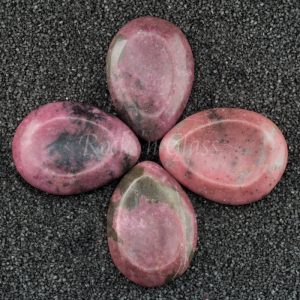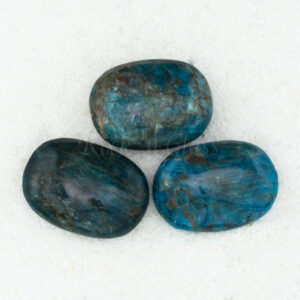Worry Stone African Bloodstone
$10.00
SIZE: ~ 1.9″ L x 1.3” W x .30” D
AFRICAN BLOODSTONE WORRY STONE
Bloodstone is an essential healing tool that evokes strength and courage. It heals, restores, and rebuilds mind, body, and spirit with its powerful vibrations. Throughout the Middle Ages, African Bloodstone was considered a talisman of sacred power. There was a belief that is was derivative of the Blood of Jesus Christ as it dripped from his place on the cross to the ground below. It boosts the innate healing power every person carries inside. It builds confidence and strength. It was worn as an amulet by ancient Greek and Roman athletes when competing. It helps us overcome challenges and grounds us at the same time.
This would be a good choice for a Worry Stone if one is experiencing health problems. The strong healing energy of African Bloodstone would work to promote healing of the physical body as the relaxation emanating from use of the Worry Stone clears negativity and soothes the mind. This would also be a great talisman for athletes to use as they prepare for an event. The relaxation generated by use of the Worry Stone would open the body and mind for the rush of confidence building energy and enduring strength evoked by African Bloodstone.
Price is for 1 stone. Multiple pieces are shown to demonstrate how no two are alike, differing in both size & shape.
5 in stock












Reviews
There are no reviews yet.